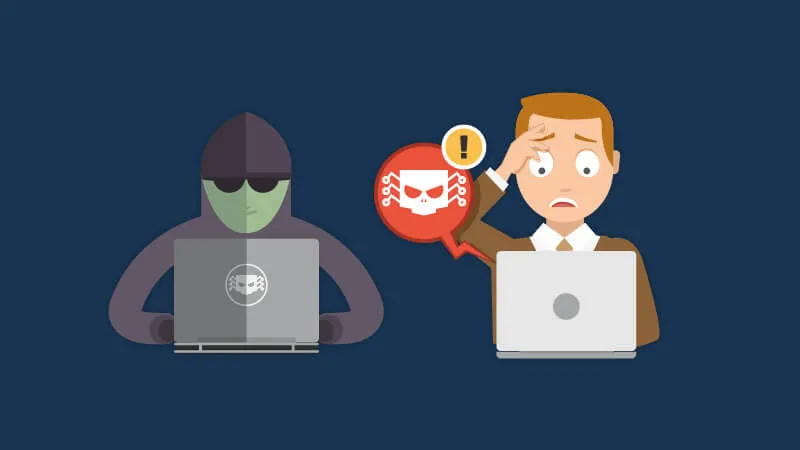Emails have grown indispensable to business operations, facilitating quick communication between colleagues, partners, and customers. Yet the very convenience of email makes it a prime target for attackers aiming to manipulate user trust. Business Email Compromise (BEC) exploits seemingly mundane messages to orchestrate significant financial fraud or data theft. Armed with a basic knowledge of corporate structures and digital impersonation tactics, cybercriminals can issue invoices, request sensitive documents, or reroute payments—all under the guise of legitimate internal communication. Few organizations are fully immune, given that even meticulous staff might err when emails appear to come from recognized executives or key vendors.
BEC differs from mass phishing in its deliberate nature. Rather than blasting out tens of thousands of generic emails, attackers research specific targets—often finance teams, executives, or administrative assistants who handle critical transactions. They compile publicly accessible data, sometimes cross-referencing social media, press releases, and corporate directories for details on reporting lines and scheduled activities. A well-crafted email might reference a recent project, a travel itinerary, or even personal tidbits about the intended recipient, ensuring the message feels authentic. If successful, the compromised funds or stolen data can vanish in mere hours.
Recent statistics from the Federal Bureau of Investigation’s Internet Crime Complaint Center suggest that BEC incidents have cost businesses billions over the past few years, surpassing many other forms of digital fraud. One reason behind the climb is the pivot toward remote work. With employees scattered, phone or face-to-face verification often decreases, and digital communication surges. Under pressure to approve orders or payments swiftly, staff may skip essential checks, inadvertently allowing criminals to succeed. Attackers can further complicate matters by combining BEC with phone-based “vishing” (voice phishing), where a call or voicemail corroborates a fraudulent email.
Effective defense strategies begin with robust identity verification processes. Simple changes like requiring a secondary sign-off on all high-value transactions can thwart many BEC attacks. Similarly, instructing employees to confirm any suspicious request—like updating a vendor’s bank details—via an out-of-band channel is often enough to halt an intrusion. These measures hinge on a culture where staff feel empowered to question seemingly legitimate demands, even if they appear to come from senior leadership. Frequent training sessions, peppered with real-world examples of BEC, can help reinforce this skepticism in daily workflows.
Technology can also play a role. Email authentication protocols such as DMARC (Domain-based Message Authentication, Reporting & Conformance), SPF (Sender Policy Framework), and DKIM (DomainKeys Identified Mail) help verify that messages claiming to be from a specific domain truly originate there. When properly configured, these protocols reduce the likelihood of spoofed “From” addresses fooling recipients. Additionally, advanced email filters can spot subtle red flags—unusual grammar or references to suspicious domains—flagging them for extra scrutiny. Yet no algorithm is perfect, particularly against cunning adversaries who adapt language to match the target’s environment.
Law enforcement agencies worldwide emphasize immediate action if a BEC attempt is discovered. Criminal rings often rely on “money mules” or transient bank accounts, swiftly funneling funds to offshore locations. If a company suspects it’s fallen victim to a fraudulent payment, contacting the bank right away might freeze the transaction before it’s fully processed. Delays of even a few hours can make recovery far less likely. Collaboration between corporate security teams, financial institutions, and law enforcement is crucial to minimize damage and potentially trace the attackers.
Recent high-profile cases also reveal the expansive reach of BEC. What begins as a single compromised executive account can lead to multiple follow-on attacks, as criminals forward or copy previous conversations to maximize authenticity. An intruder might direct staff to deposit funds into a new “business partnership” account or instruct an HR manager to compile employee tax details, opening the door to identity theft. By systematically building trust through ongoing email threads, attackers capitalize on the routine nature of corporate communications. Organizations need airtight login security—multi-factor authentication (MFA) especially—to reduce the odds of compromised inbox credentials.
Ultimately, while BEC capitalizes on inherent trust in business communications, that same sense of trust can be rechanneled to bolster defenses. Establishing a workplace mindset of “verify first” helps everyone feel responsible for safeguarding finances and sensitive data. Streamlined escalation channels—like a dedicated phone extension or chat tool for confirming unexpected requests—can tilt the balance back in favor of vigilant defenders. Today’s criminals are agile, but so too can be the teams and processes designed to stop them. A robust combination of user awareness, technical email safeguards, and immediate response playbooks can make the difference between a costly meltdown and a near-miss.


